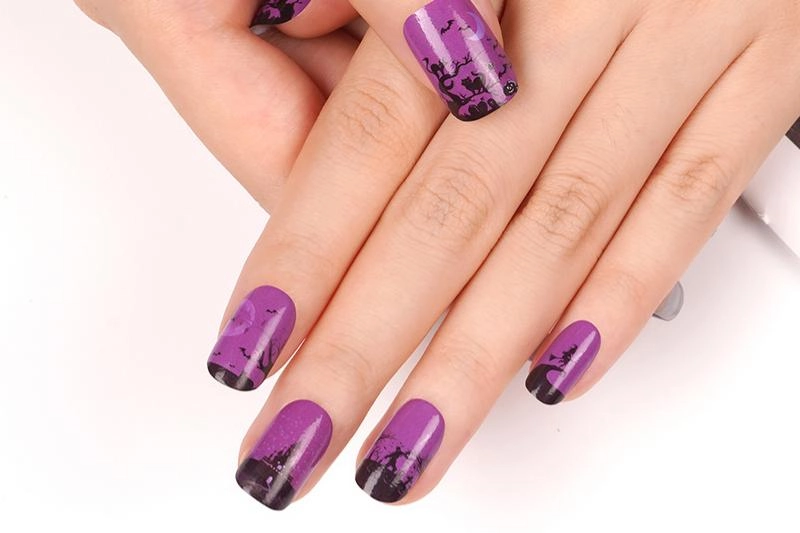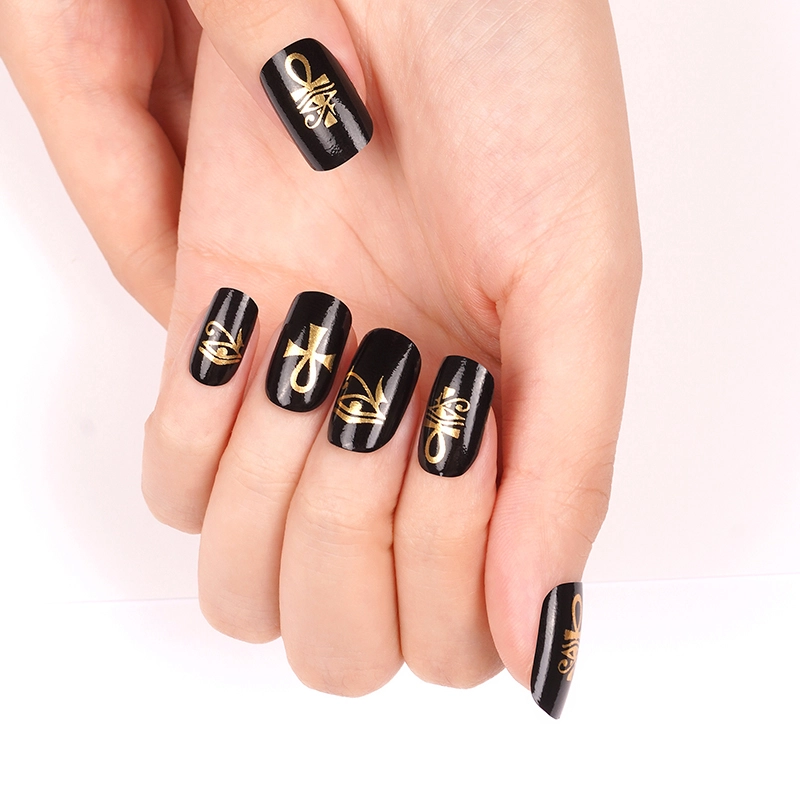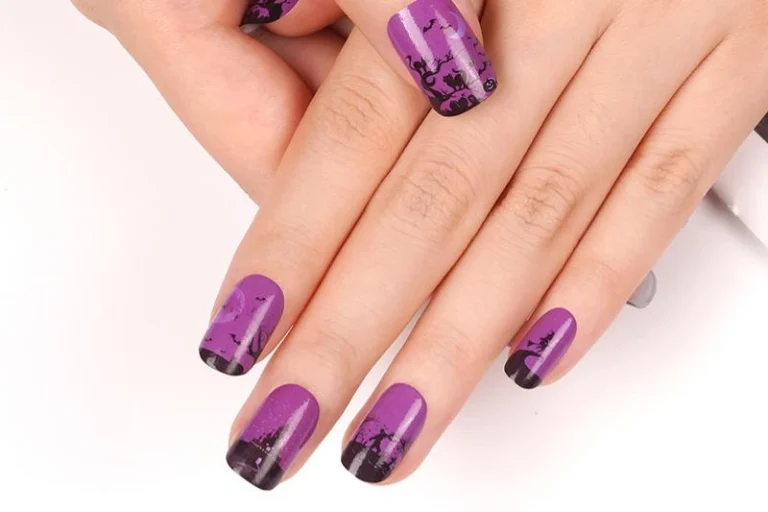Walk into any nail studio or craft shop and you’ll see it—people turning plain things into something they love. A mug with initials, a shiny phone case, maybe a candle with soft patterns. Little custom touches make an ordinary thing feel personal.

Two tools keep showing up in this world of small nail designs: water decals (some call them waterslide decals) and stickers. They both stick designs on stuff, sure, but the way they behave couldn’t be more different. One needs a bit of patience and water; the other just needs a steady hand.
If you’ve ever tried decorating a cup or doing nail art and wondered which is better—this guide walks through it in plain language.
What Are Stickers?
Let’s start with the simple one. Stickers are the “grab-and-go” version of decoration. A printed design on paper or vinyl, with glue on the back. You peel it, press it down, and it’s done before your coffee cools.
There are all kinds of them: matte stickers that feel soft and calm, glossy ones that catch the light, transparent vinyl that blends into the background, and thicker outdoor vinyl for tougher jobs.
Nail artists use UV gel nail stickers a lot lately—they’re not the flimsy plastic kind. They’re made from real gel nail material, brighter after curing, and surprisingly eco-friendly.
You’ll see stickers on almost everything: Felice’s gel nail wraps, journals, shipping boxes, laptops, even candle jars. They don’t need any spray, water, or heat—just a clean spot and a moment.
Pros
- Fast. Very fast.
- No extra gear needed.
- Stays well on smooth, flat areas.
Cons
- Thicker than water decals.
- You can usually spot the edge under light.
Try wrapping one around a perfume bottle or a curved mug—you’ll see a small wrinkle forming near the bottom. That’s where water decals win.
What Are Water Decals?
Water decals are thinner than a layer of top coat. They work through water, not glue. The printed design sits on a thin film that slides off after soaking. It’s a small bit of magic—watching the art float and then cling to glass or ceramic like paint.
Two main kinds exist: clear paper for transparent looks and white paper if you need an opaque base. Both can be printed with a regular inkjet or laser printer.
People use them for nail art, mugs, model kits, candles, ceramic ornaments, and even guitars. When done right, it looks as if the design came with the product.
Pros
- Ultra-thin, seamless finish.
- Captures fine lines beautifully.
- Looks like it’s painted, not pasted.
Cons
- Needs a few steps and patience.
- Has to be sealed or baked if you want it to last.
Someone once joked that using water decals feels like doing a tiny tattoo on your mug—gentle hands, some water, and no rush.
Supplies You’ll Need
For Stickers
- Sticker sheets (printed or bought)
- Scissors or a small craft knife
- Clean dry surface
For Water Decals
- Decal paper (clear or white)
- Inkjet or laser printer
- Clear sealer spray
- Bowl of water
- Tweezers and soft cloth
- Optional clear coat spray
You can find most of these in a small art store. A single can of sealer often lasts half a year.

How to Use Stickers
- Wipe the surface dry.
- Peel gently—avoid touching the glue.
- Press it down and smooth with a finger or an old credit card.
- Push air bubbles out from the center.
- Optional: a thin coat of clear varnish if it’s going on something handled often.
Gel nail wraps work the same way—stick and shape, no lamp, no mess. Ten minutes later, you’re ready to go.
How to Apply Water Decals
- Print your design and cut around it neatly.
- Spray a thin coat of clear sealer. Let it dry—ten minutes is fine.
- Drop it in water. Wait about 20–30 seconds.
- Slide it off slowly; it should move easily.
- Place it where you want. Adjust while it’s still wet.
- Tap gently with a cloth to remove water bubbles.
- Let it dry, then seal or bake if needed.
Try it once on a cheap mug before doing a whole set. It’s oddly satisfying watching the image melt into the surface.
Quick Comparison
| Feature | Stickers | Water Decals |
|---|---|---|
| Application | Peel & stick | Soak, slide & seal |
| Look | Slightly raised edge | Smooth, painted-on |
| Ideal Use | Nails, flat packaging, laptops | Mugs, candles, ceramics |
| Durability | Great on flat surfaces | Needs sealing for longevity |
| Skill Level | Beginner | Intermediate |
| Tools Needed | None | Water, sealer, tweezers |
| Detail Quality | Good | Excellent |
| Outdoor Use | Vinyl lasts years | Mostly for indoor use |
| Reuse | One-time | One-time |
Handy Tips
- Always clean the surface first. Even a bit of lotion can ruin adhesion.
- Small decals handle curves better than large ones.
- Don’t touch sticker glue with damp fingers.
- Use a clear coat on water decals for shine and longer wear.
- Keep unused sheets flat, away from humidity—it’s paper after all.
One practical example: a 6 oz soy candle jar looks elegant with a water decal logo. For a shipping box, a vinyl sticker makes more sense—faster and tougher.
Pro tip: If you’re ordering custom designs, get a small sample first. At Felice, clients usually test print clarity before mass order. Saves both time and nerves.

So which side are you on—stickers or water decals?
Honestly, both have their moment. Stickers are quick, easy, and forgiving. Decals take longer but reward you with that flawless “painted” feel.
Many makers mix both. Stickers for boxes and jars, decals for mugs or ceramics. It’s less about choosing sides and more about picking what works best for your surface.
At Felice, everything from gel nail wraps to custom decal printing is done in one place. That means less waiting and no middle-man confusion.
If you’re planning your next small design project, try both. You’ll know which one feels right the moment you peel—or slide—it on.
FAQs
Q: Are water decals waterproof?
A: They’re water-resistant after sealing or baking, but if left unsealed, they can peel after repeated washing.
Q: Can stickers replace water decals on curved surfaces?
A: Not perfectly. Stickers do best on flat materials; decals adapt better to mugs, bottles, or nail surfaces.
Q: Which lasts longer—stickers or water decals?
A: Vinyl stickers survive outdoor use for years, while sealed decals hold up well indoors for about two to three years.
Q: Are water decals safe for nails or skin?
A: Yes, nail-grade decals are skin-safe, though regular craft decals shouldn’t be used directly on the body.






